An interview with Monsignor Vittorio Formenti, head of the Central Statistics Office of the Church, and with Professor Enrico Nenna, on the publication of the new Pontifical Yearbook.
Every year in mid-February, a simple but significant ceremony takes place in the Holy Father’s private library: Cardinal Tarcisio Bertone, secretary of state, and Archbishop Giovanni Angelo Becciu, substitute for general affairs, together with the head of the Central Statistics Office of the Church, the director general of the publishing house L’Osservatore Romano and the director of the Vatican press, present the Pope with a very large, white leather-bound volume with gold inscriptions and the papal coat of arms, the Pontifical Yearbook, the result of the patient work of this not-so- well-known office of the Holy See headed by Monsignor Formenti, in cooperation with Professor Enrico Menna and a few other collaborators. The Pontifical Yearbook (Annuario Pontificio) provides a great deal of information on the Church, its dioceses, the Roman Curia and religious orders, both male and female. On the occasion of the upcoming presentation of the 2013 Pontifical Yearbook to Benedict XVI, I caught up with Monsignor Formenti in the Second Loggia of the Apostolic Palace.

Msgr. Vittorio Formenti and Professor Enrico Nenna (Włodzimierz Redzioch photo).
What is the Pontifical Yearbook about?
Monsignor Vittorio Formenti: The Catholic Church is the only organized religion with an annual directory supplying information on all of its members and components, i.e, the Annuario Pontificio (the Pontifical Yearbook). Every year the Central Statistics Office of the Church sets out to collect statistical data, sending through all the channels of the Holy See, through nunciatures first of all, schedules to all dioceses, as well as to each religious congregation. Each diocese proceeds with the collection of data starting from its parishes and sends all the documentation to our office. It is a well-tested mechanism which has been working for years. The data thus forwarded are used for the compilation of the Pontifical Yearbook.
How long has the Church been collecting this type of statistical information?
Formenti: The Pontifical Yearbook has been published under this name since 1912. However, in our collection we keep older yearbooks going back as far as 1839. Needless to say, the Church had been collecting data for centuries. In the archives of the Congregation for the Propagation of the Faith, statistical data is kept on conversions and the administration of the sacraments in mission lands. It was thanks to the intervention of Venerable Paul VI that scientific methods for the collection of data were introduced.
Leafing through the pages of the Pontifical Yearbook, what can we find?
Formenti: The Yearbook is made up of about 2,500 pages synthesizing the situation of the Catholic Church all over the world. It opens with the list of the 265 Popes of the Church and with the updated list of the cardinals who make up the Sacred College. These are followed by the lists of ecclesiastical circumscriptions which include patriarchates, major archbishoprics, archdioceses and dioceses, territorial prelatures, apostolic vicariates, military ordinariates and missions sui iuris (independent missions). These lists containing the names of all the staff employed in the above-mentioned institutions are followed by the list of nunciatures and nuncios along with the diplomatic corps of the 179 states accredited to the Holy See. Then come the most important cultural institutions of the Church: academies, universities and institutes of studies. Then the complete list of orders of pontifical right, both male and female. The volume closes with historical notes and a long list featuring 25,000 names which is updated every year. For each diocese the following information is supplied: address and telephone number, the name of the bishop and the vicar general, but also essential data like the area of the diocese, the number of inhabitants and of Catholics, the number of parishes, priests, male and female religious, permanent deacons and seminarians. The Pope has told us that before receiving a bishop, he consults the Pontifical Yearbook for information on his diocese.
There has lately been talk of a crisis in the Catholic Church. Does the data featuring in the Yearbook confirm this crisis?
Formenti: The data in the Pontifical Yearbook shows that figures about the Catholic Church have never gone down; on the contrary, it testifies to a constant, if slow, growth. The vocational crisis, which was Blessed John Paul II’s great concern, is now behind us: figures show that it ended in 2000; from that year onward, we notice a remarkable growth in vocations, even though no signs of growth are detected in Europe.
Professor Nenna, could you outline the situation of the Catholic Church in figures?
Professor Enrico Nenna: On December 31, 2012, there were 211 cardinals, 5,133 bishops and 2,979 ecclesiastical circumscriptions we are in contact with. Also, there are 146 circumscriptions in mainland China and North Korea from which we have not received any data for decades.
How many priests are there in the world?
Nenna: I would like to make a preliminary statement: the data featuring in the Pontifical Yearbook refers to each single circumscription, circumscriptions being mostly dioceses. This data is processed for each country and continent and published in another volume, the Annuarium Statisticum Ecclesiae (Statistical Yearbook of the Church) with Latin, English and French subtitles (the latest edition is for 2010; the 2011 edition is due for publication). This statistical yearbook supplies the data concerning the situation of the Church worldwide at the end of 2011: 1 billion 196 million Catholics, 412,236 diocesan priests, 54,708 religious, 39,004 permanent deacons, 72,193 nuns and 118,900 seminarians.
Making use of the data collected in 32 years, from 1978, which marked the beginning of Blessed John Paul II’s pontificate, to 2010, your office has analyzed the transformations which have affected the Church throughout this period. What conclusions does your analysis lead to?
Nenna: In this period the Church underwent deep changes. Whilst in 1978 Catholicism was regarded as a mainly European and American phenomenon, the latest figures show a more homogenous distribution of Catholics in the world. There is an ever-widening gap between the dynamism of emerging continents, like Africa and Asia, and the stagnation in Europe, which is losing its traditional role as the reference model, while the situation is basically stable in America.
Also, we have noticed the slow and inexorable, but in certain respects providential, Africanization of the Church. The number of African Catholics has trebled: there were 55 million Catholics in 1978; by 2010 their number had risen to 186 million, moving from 12.4% of the population to 17.3%; the percentage of African seminarians has quintupled to 22.6%. This is extremely relevant for the future of the Church: old Europe, which gave such a great number of missionaries to the Third World, is now receiving from this the fresh energies of pastoral operators for the new evangelization.

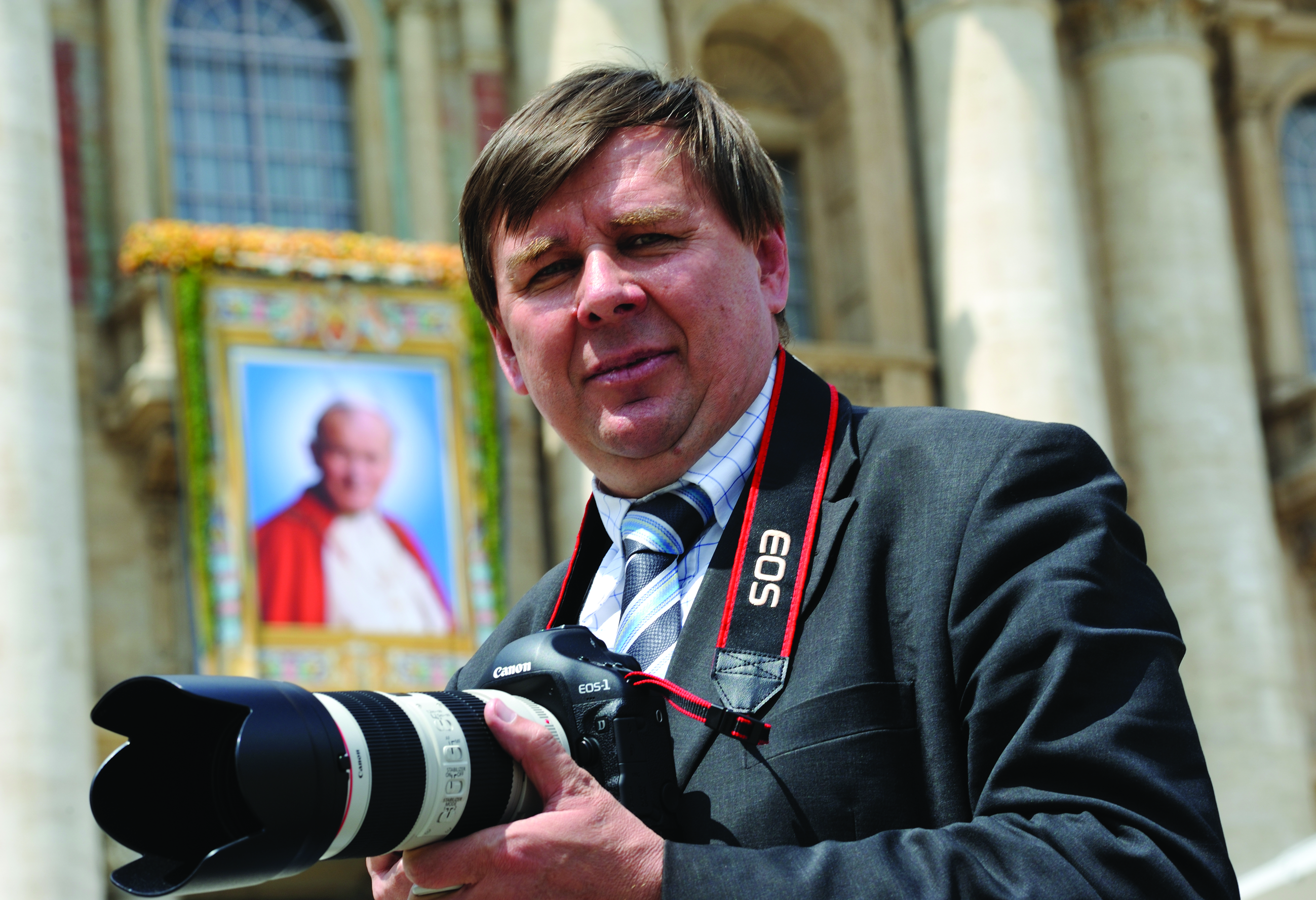
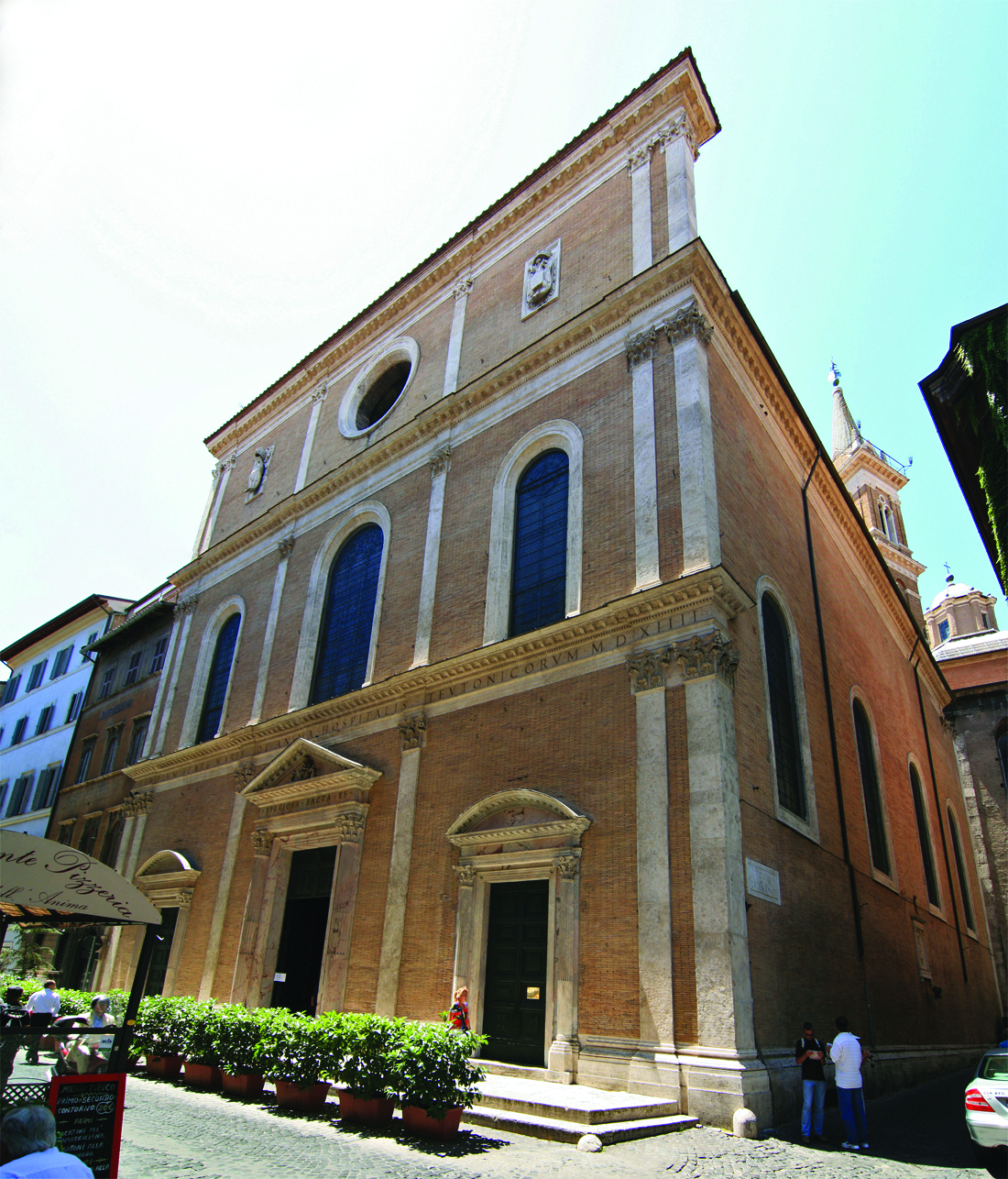
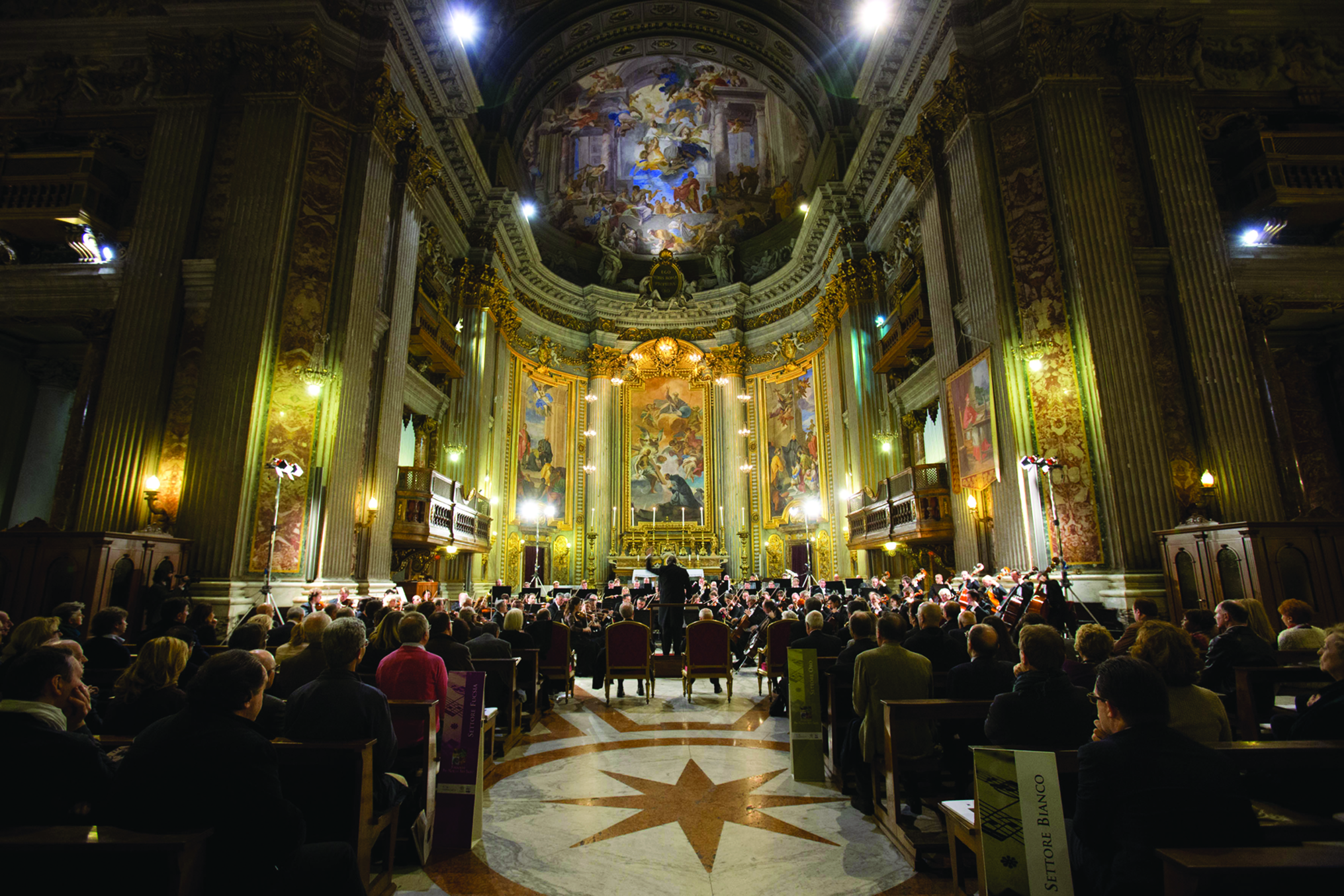
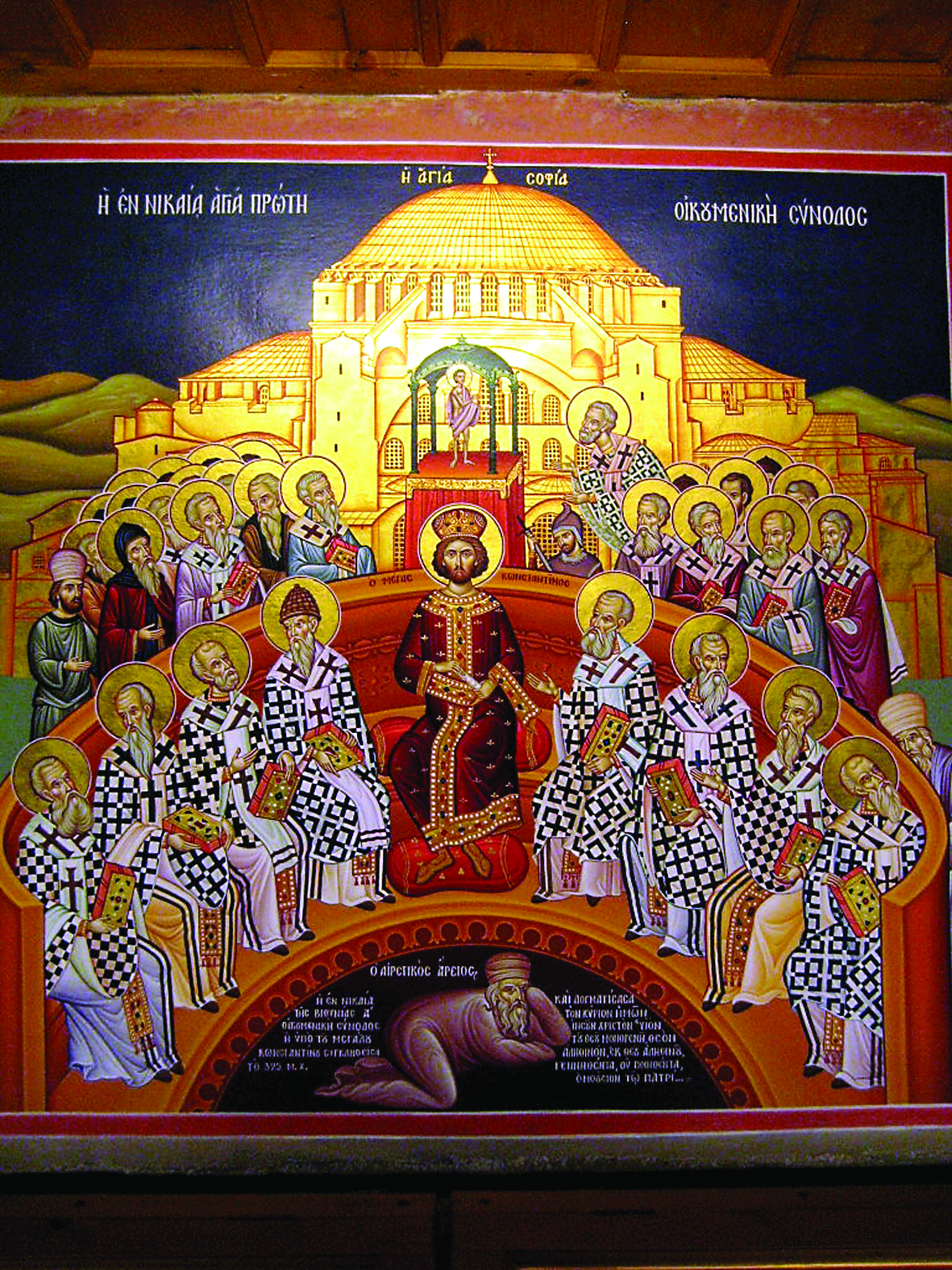
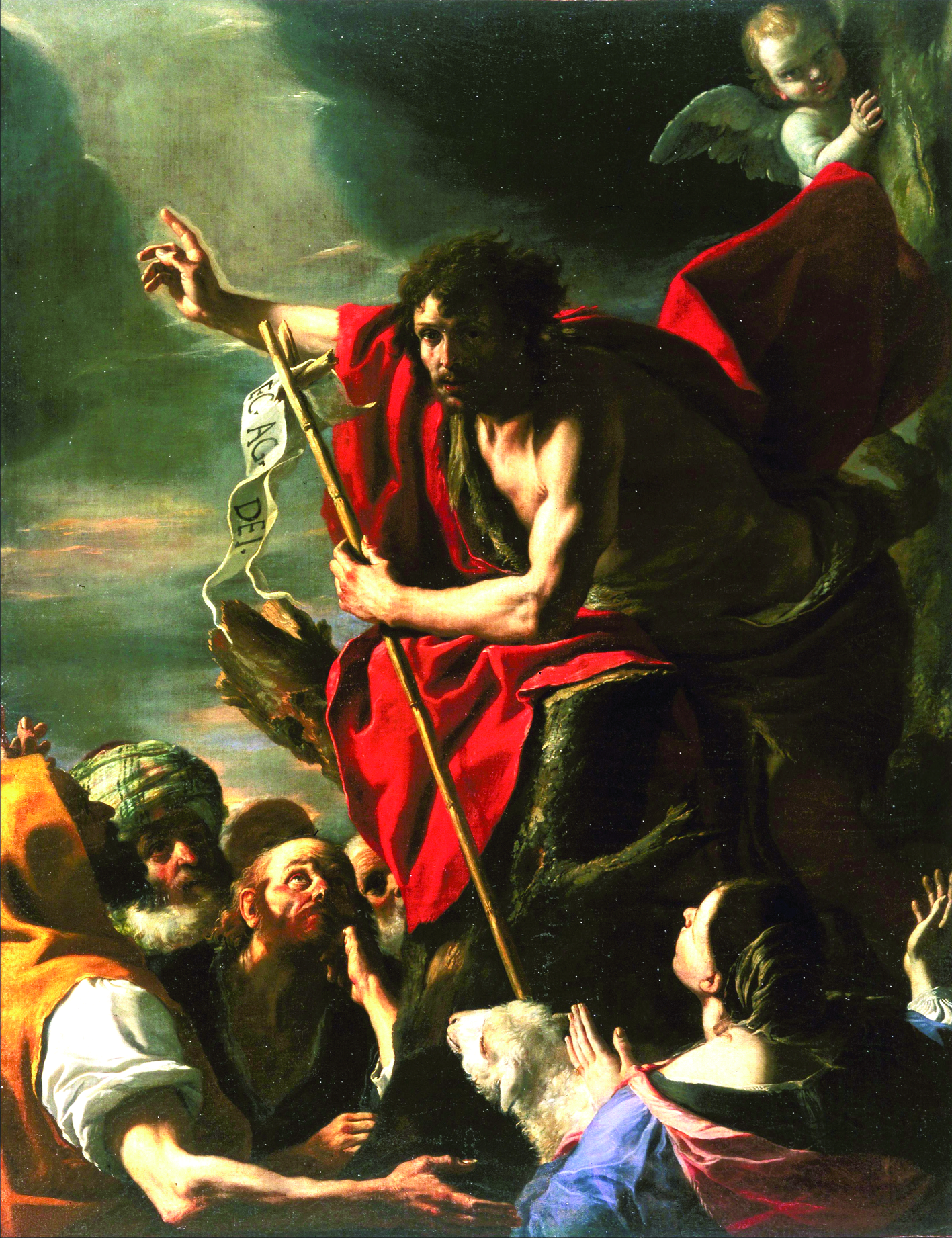
Facebook Comments